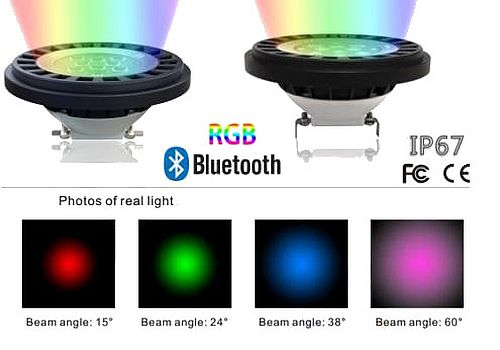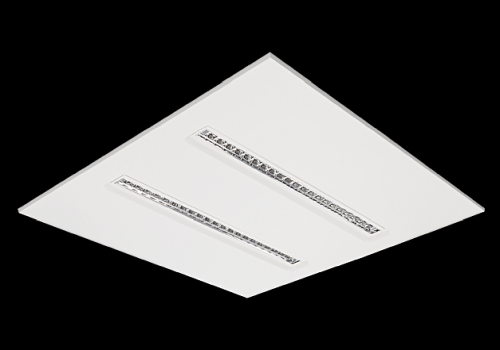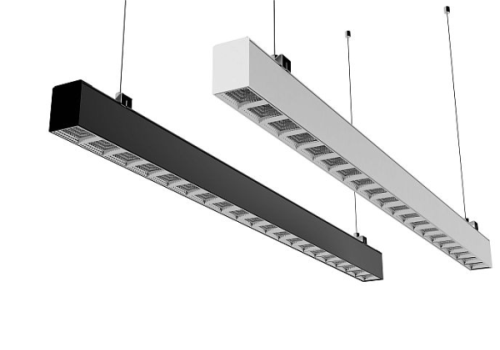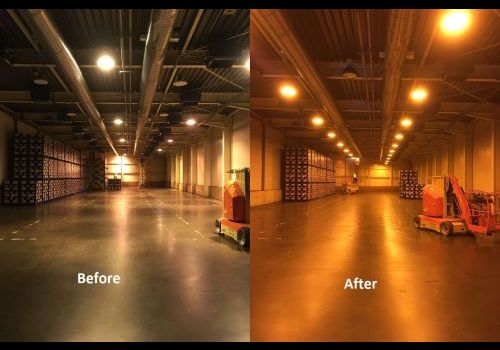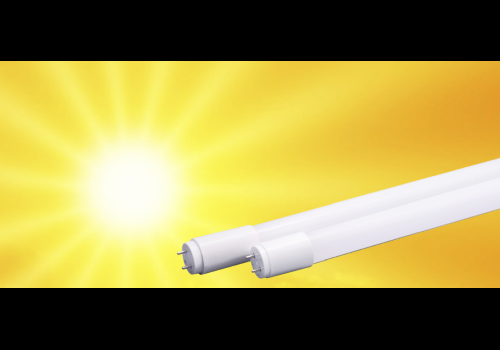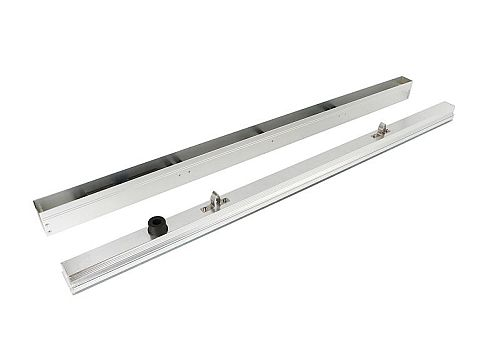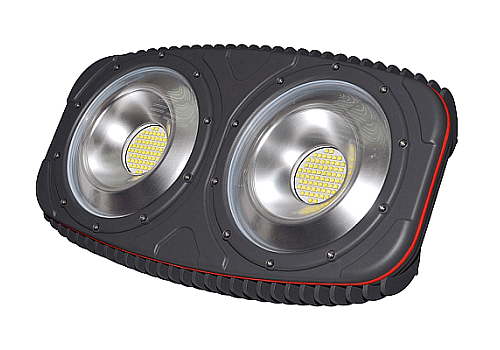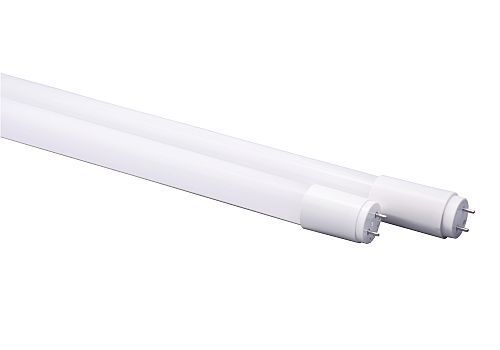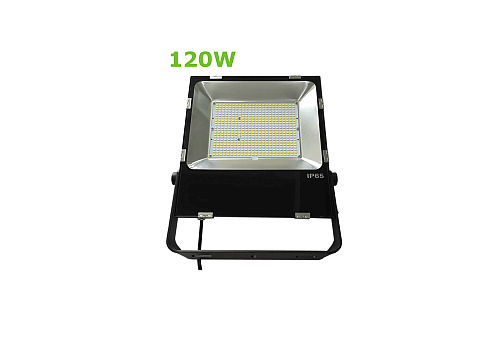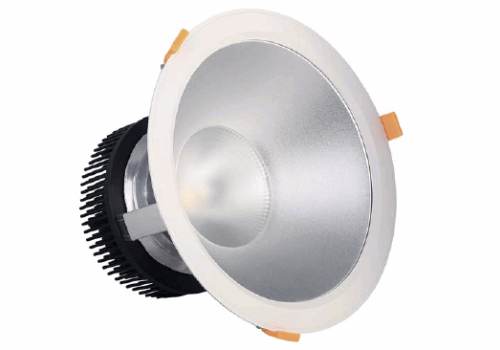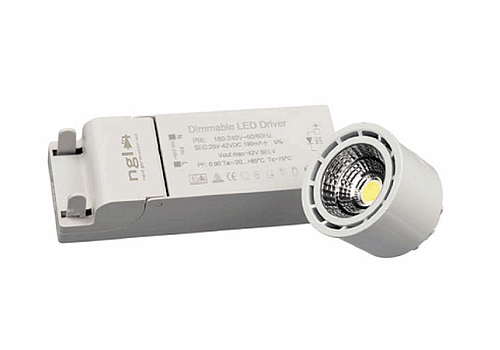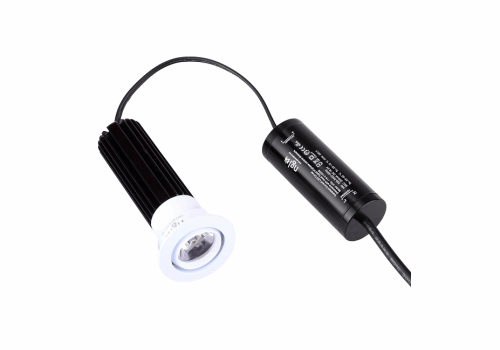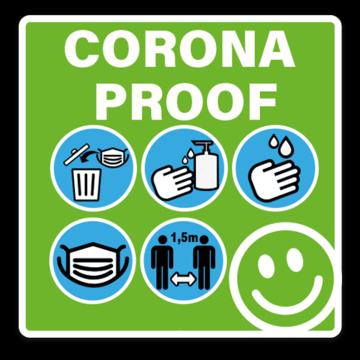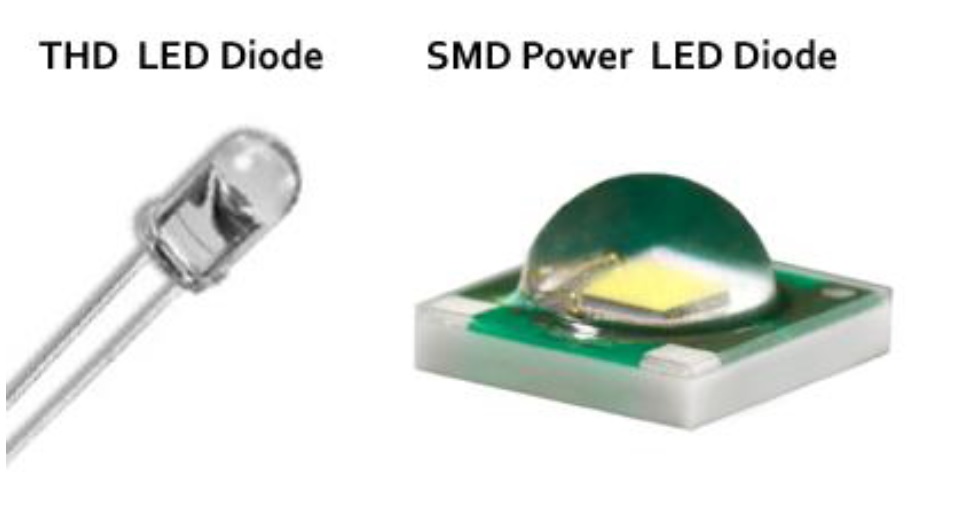
LED stands for Light Emitting Diode. They are used in almost each electronical device. We can find them in digital clocks, they are used as indicators on electronic circuits and they can transmit information on optical fibers or on remote controls. They are used for backlighting of LCD displays on jumbo displays and they are used as basic building blocks. They are more and more popular in lighting in all kinds of lighting systems.
Practically the LED diodes are small lamps which can be very easily installed in electronic circuits. Unlike the other traditional lighting, like incandescent light bulb and CFLs, the LED diodes basic material is not burning out to produce light. This is the reason that the LED diodes life span is much longer than other lighting system and they don’t heat so much than other light system. On the market we can find set of various types of LED diodes. We can chose from high, middle and low power LED diodes. There can be arrays of LED diodes in one chip or single LED diodes. We can get them in different colors, color temperatures and even multi color RGB LED diodes.
In physical terms the LED diode is a basic diode which conducts electrical current only in one direction. When the LED diode is conducting electrical current, which is flow of electric charge in matter, the matter itself is emitting the photons. The photons are relished when electron jumps from one electronic orbit of atom to the other orbit. This electron jump occurs because the electric voltage is connected to the diode. The bigger the electron jump the larger the energy of emitted photon. Different energies and frequencies of photons result in different colors and power of lights.

The LED diode white light was discovered only a few years ago. We can get it from LED diodes which are emitting red, green and blue light together. Or with more efficient technology where the blue LED diode is covered with a phosphor layer which converts the blue light to white light. With the thickness of the phosphor layer we can adjust the color temperature of the light. The thicker the phosphor layer is the warmer the color temperature.
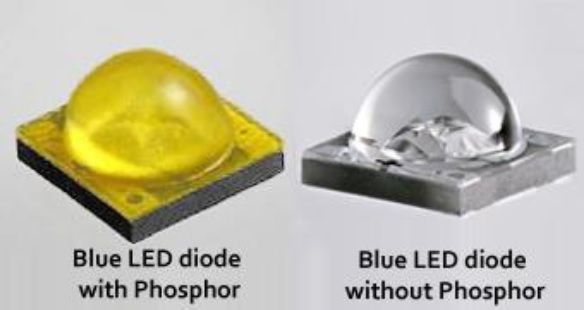
- Accessoires
- Bay lighting
- Bulbs
- Decorative
- Downlighters
- Fixtures
- Bollard IP66
- Continuous Linear Pendant Led Light
- Eco Linear Led Light
- Farming industry fixture IP67
- GU10 AR111 E27/PAR 30 trackfixtures
- Inground induction luminaire 9w 12w
- LED chipboard fixture IP65
- LED Plug&Play fixture IP66
- Landscape LED light IP65
- NUD E27 lamp holder
- Polyester Fix Batten
- Ball resistant sports fixture
- Floodlight
-
Led strips
-
IP20 Led Strips
- Low Power, IP20, 2835 60LED/m, 4.8W/m, 8mm PCB
- Low Power, IP20, 2835 120LED/m, 9.6W/m, 8mm PCB
- IP20, 2835 60LED/m, 14.4W/m, 10mm PCB
- IP20, 2835 120LED/m, 19.2W/m, 10mm PCB
- RGB, IP20, 5050 60LED/m, 14.4W/m, 10mm PCB
- IP20, 2110 120LED/m, 7.2W/m, 4mm PCB
- IP20, 2110 180LED/m, 12W/m, 10mm PCB
- IP20, 2110 240LED/m, 15W/m, 10mm PCB
- IP20, 2110 300LED/m, 18W/m, 10mm PCB
- Nature led strip with violet chip, IP20, 2835 70LED/m, 9.6W/m, 8mm PCB
- Nature led strip with violet chip, IP20, 2835 140LED/m, 19.2W/m, 10mm PCB
- Tunable ledstrip 98CRI 2000K~3000K, IP20, 168LEDs/m, 16.8W/m, 10mm PCB
- Ultra long led strip 10~100m IP65
- IP67 Neon Led Strips
-
IP20 Led Strips
- Machine and desk lights
- Panel
- Spot
- Streetlight
- Tubes
- Tracklight



